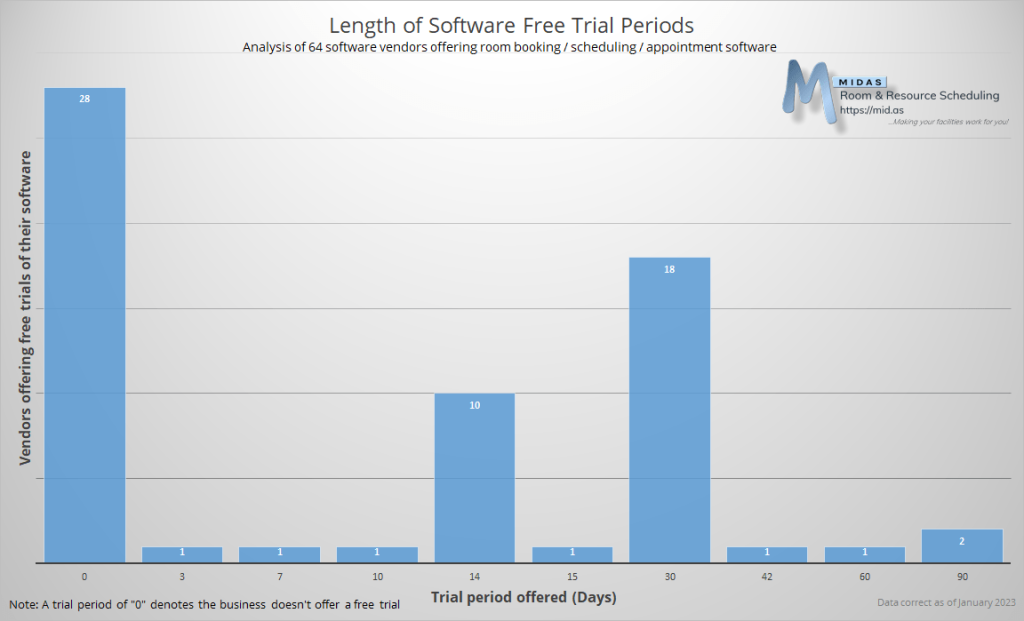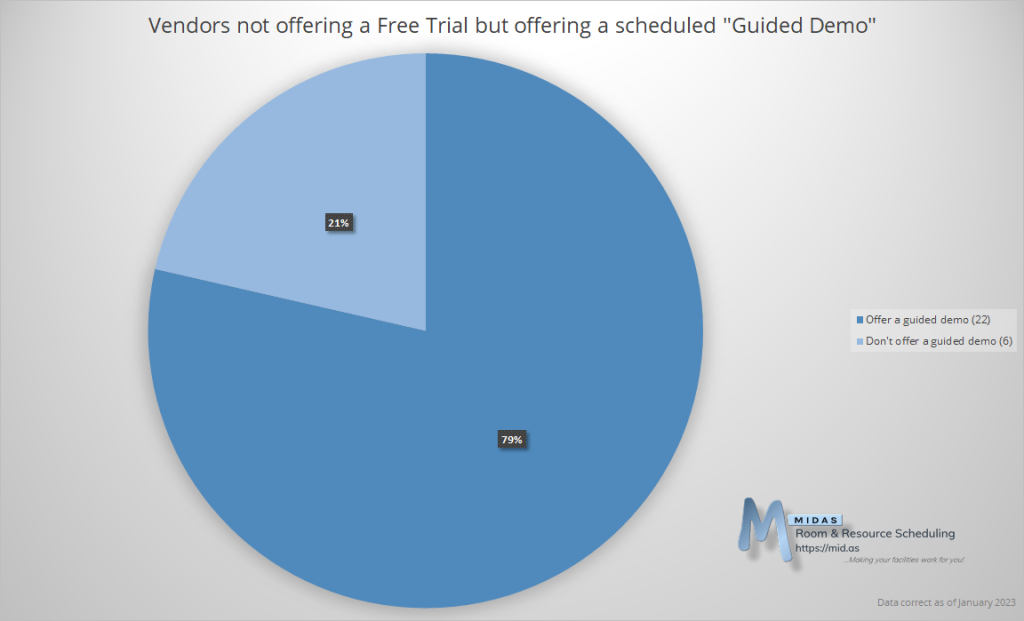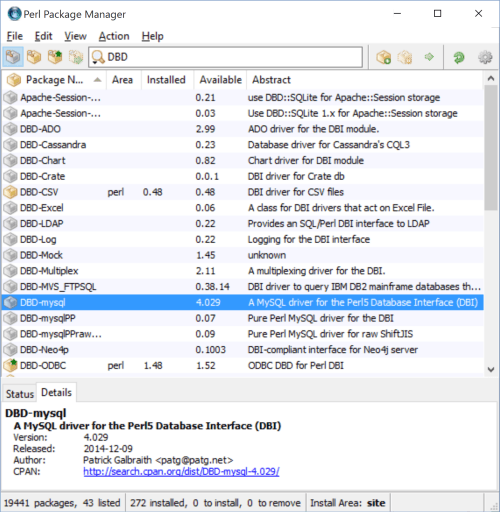We recently looked into how long a software’s free trial should last. In doing so, we analyzed numerous competitors who also offer room booking, scheduling, and appointment software.
As part of our research, we were quite surprised at the number of vendors who didn’t display pricing information for their software anywhere on their websites.
In fact, out of the 72 vendors we analyzed, 31% of them didn’t display pricing on their websites.

Of the 22 vendors who didn’t publish pricing, 10 actually made no reference to the cost of their software at all!
The 12 remaining vendors encouraged those interested in purchasing or subscribing to their software to instead contact them for a price.
Why do some software vendors not display any prices on their websites?
There are a number of reasons why a software vendor might choose not to display prices on their website:
- Their software is customized for each customer and the price will depend on the specific requirements of the customer.
- The software is sold through a network of resellers or distributors. The final price will depend on the specific terms and conditions agreed upon between the vendor and the reseller.
- The software is offered on a subscription basis. The price will depend on the length of the subscription and the number of users.
- The vendor is trying to create a sense of exclusivity or scarcity around their product. They believe that by not displaying prices they can generate more interest and demand.
- The vendor gives different pricing deals to different customers. If they think they can get away with charging certain customers more than others for the same product/service, they won’t publish pricing on their website.
Let’s take a closer look at each of these…
The software is customized for each customer
All of the software vendors we looked at offered standard “off the shelf” software solutions. By this, we mean that the exact same software product is supplied to multiple customers. Whilst some vendors may offer additional one-off bespoke customizations, there were no indications that any vendor supplied each and every customer with bespoke software.
Here are MIDAS, we don’t understand therefore how this could be a justification for not displaying prices.
Whilst we ourselves occasionally do the odd bespoke customization for customers, any such customization is an additional cost. It does not affect the basic price of our software, and doesn’t prevent us from displaying prices.
The software is sold through resellers
Out of the 72 software vendors we analyzed, we could only find one who didn’t sell their software directly to customers through their own website. Instead, for this vendor a “How to buy” link on their website led to a “Find a local reseller” form.
All other vendors sold directly to end-customers themselves.
Therefore, aside from the one vendor who sells through resellers, this shouldn’t be a reason for other vendors to hide their prices.
The software is offered on a subscription basis and has different pricing tiers
Some subscription based software is offered at a fixed monthly or annual price for all customers. Other vendors may adopt a simple “tiered” approach – offing perhaps a very limited “Basic” package to start with. Followed by “Standard” and “Pro” packages at increasing cost.
Other vendors may offer a wider range of prices based upon specific criteria. For instance, when it comes to booking or scheduling software solutions, the price may depend on the number of bookings that can be made over a given period of time.
However, even if there are multiple pricing points, this shouldn’t be a barrier preventing a vendor from displaying prices. If pricing is dependent upon the number of bookings, users, spaces, etc, it’s not that difficult for a vendor to provide a calculator on their website. That way, customers can see the price they’ll pay for their specific service configuration.
Creating a sense of exclusivity by not displaying prices
By not displaying any publicly visible prices, prospective customers are then forced to make contact with the vendor. This initiates a dialog to between prospective customer and software vendor. During the dialog, the vendor can employ sales tactics to “hook” the prospective customer and convince them that their software is both right for them and they’re getting a great deal.
Giving different “deals” to different customers
Some software vendors may even “inflate” their prices depending upon the type of customer. For example, if a vendor thinks that a particular organization is likely to have a big budget, they may feel that they can get away charging that customer more for the same product that they typically charge another customer with a limited budget.
If the vendor was to display pricing on their website, they wouldn’t be able to arbitrarily charge different prices to different customers.
By not displaying any prices, this gives the vendor the ability to vary the price of their software at will. The customer has no “base price” to reference the price they’re quoted back to.
Ultimately, the decision to not display prices on a website is primarily a marketing and sales strategy. Software vendors may have a variety of reasons for choosing such this approach.
How we approach pricing at MIDAS
Here at MIDAS, we’re totally transparent and upfront about the pricing of our room booking & resource scheduling software.
We clearly display pricing on our website at mid.as/pricing. There’s also a “Pricing” link at the top of every page of our site too.









